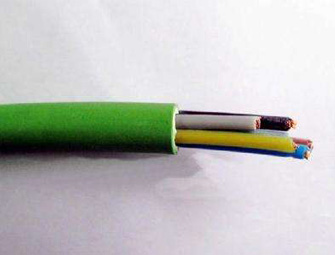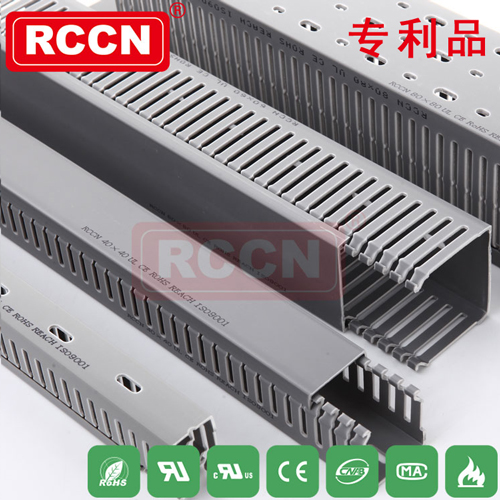
The conductor of the fire-resistant cable is copper conductor, the conductor geometry is round, and multiple stranded conductors should be tightly compressed. Round compacted copper conductors have many advantages compared with sector conductors: when wrapping the mica tape, the mica tape is closely combined with the conductor, which is conducive to the uniform distribution of the electric field, enhances the electrical insulation performance of the cable, and can save the amount of mica tape and reduce cost.
1.2 The fire-resistant layer of the cable
The conductor is wrapped with two or more layers of mica tape overlapped, generally the overlap rate is not less than 30%, sometimes the overlap rate reaches 50% to meet the fire resistance test requirements, and the fire resistance test is the benchmark. The wrap angle is controlled at 40-50 degrees.
1.3 Cable insulation and sheath
The cable insulation is allowed to choose cross-linked polyethylene or halogen-free low-smoke flame-retardant polyolefin insulation materials according to the different flame-retardant grades. Because the conductor is overlapped and wrapped with two or more layers of fire-resistant mica tape, for cables with a conductor section of 25mm2 and above The thickness of the insulating layer is allowed to be reduced by 20%, but it is based on the ability to pass the fire-resistant cable test. The cable sheath is made of halogen-free, low-smoke flame-retardant polyolefin sheath material, and its structural dimensions are implemented in accordance with relevant standards.
1.3.1 Extrusion die
Generally speaking, the extrusion of halogen-free low-smoke flame-retardant polyolefin insulation is used for extrusion, and the sheath is produced by extrusion or semi-extrusion. When using an extrusion die, due to the high melt viscosity of the halogen-free, low-smoke flame-retardant polyolefin, the pressure of the die increases, and the extruded product is relatively dense, resulting in expansion when the die is released. Therefore, the inner diameter of the die is selected compared to the finished product. The nominal diameter is about 5% smaller. When using extruded tube or semi-extruded tube production, the stretch ratio must be considered. The stretch ratio of halogen-free low-smoke flame-retardant polyolefin is 2.5-3.2. In theory, the smaller the stretch ratio, the smoother the surface. Practical sheath matching Mould: inner diameter of core = outer diameter of cladding + (0.6~1.5) mm, inner diameter of mould sleeve = nominal outer diameter of cable + (2-7) mm.
1.3.2 Extrusion process
The initial temperature setting is generally about 5~10℃ lower than the normal extrusion temperature, so that when the extrusion is stable, the temperature is just within the extrusion temperature range of the material. Generally speaking, halogen-free low-smoke flame-retardant polyolefin cable materials have a faster frictional temperature rise than low-smoke, low-halogen and common flame-retardant polyolefin cable materials, and the process temperature range is narrow.
The screw speed is fast and the shearing effect is increased, which is easy to cause the mechanical thermal decomposition of the flame retardant; the increase of the speed will cause the flame retardant to decompose and affect the surface quality of the extrusion. At the same time, when the screw speed is high, the motor will be overloaded.
1.3.3 Extrusion equipment
The use of a screw with a length-to-diameter ratio L/D of 20 or 25 can obtain an ideal extrusion surface, and a screw compression ratio of 1:1 to 2.5:1 is more appropriate. Extrusion equipment should have a good cooling device.

















 RCCN WeChat QrCode
RCCN WeChat QrCode Mobile WebSite
Mobile WebSite